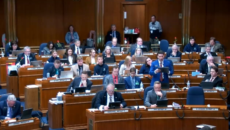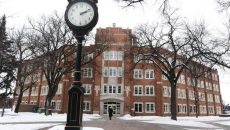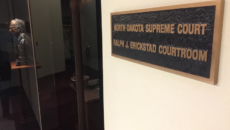Oil Patch Continues To Trump Population Numbers In North Dakota Sales Tax Collections

The annual sales tax report is out from Commissioner Cory Fong’s office (see below), and it’s got some pretty interesting numbers.
Overall, in 2012 the State of North Dakota saw taxable sales grow an astonishing 28.7%, an increase of more than $5 billion from $25.29 billion to $19.6 billion. What’s interesting is that most of the increase came outside of the holiday shopping season. In the fourth quarter of 2012 sales totaled $6.74 billion, up 9.7 percent compared to $6.1 billion in the fourth quarter of 2011.
That illustrates just how dependent these growth figures are on oil-patch economic activity. And we can illustrate that point another way as well.
Williams County, North Dakota, is home to Williston and the epicenter of the Bakken oil boom. Cass County is home to Fargo and is by far the state’s most populated county.
According to the US Census Bureau, the population of Williams County is 26,697, though that’s probably not a very reliable number for a lot of reasons relating to rapid growth during the oil boom. We could probably double it to more than 50,000 and still be short of reality.
But even given that, Cass County is several times larger with a population of 156,157.
Yet, despite that population gap, Williams County produced more than $1 billion more in taxable sales than Cass County, and has been outpacing the state’s most populated county in taxable sales for years now:

As you can see, Williams County’s good fortunes start with the oil boom in 2009, as does the statewide spike in taxable sales:

To put this into perspective, the sales tax is by far the state’s largest source of revenues. In the current biennium, according to the latest numbers from OMB, the sales tax has collected more than twice the second source of revenue (the individual income tax) for the general fund.
So the question is, are these sky-high sales tax numbers the new normal? Or are they a bubble that will eventually decline? And if they decline, what does that mean for state spending which has increased dramatically alongside those revenues?
The aggressive spending by state leaders has left North Dakota in a fiscally precarious position, relying on unprecedented revenue growth driven by an oil boom to support unprecedented spending growth.







